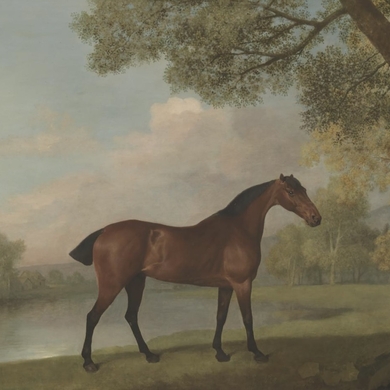Using a technique known as cliché verre, the artist André Giroux (1801–1879) made prints by painting and scratching on glass negatives, altering photography’s mechanical look. Along with several other prominent French photographers, he anticipated the movement that became known, in the final quarter of the 19th century, as Impressionism. Using trees, roads, bridges, and rivers as his central motifs, Giroux explored the ways in which industrialization and modernization transformed the French landscape. Featuring mixed-media works—with a focus on photography—from Giroux and his contemporaries, the James Hyman Gallery shows how different mediums worked in tandem to form a unique aesthetic. —Nyla Gilstrap
The Arts Intel Report
Paths to Impressionism: Photography and the French Landscape, 1850–1865

Edouard Baldus, Vue Generale de Pont Neuf, c. 1855.



